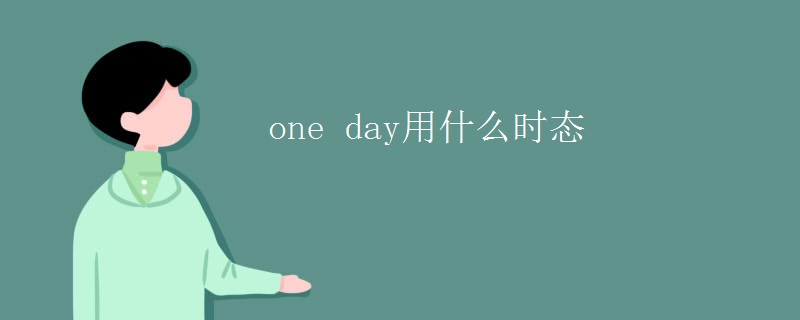-
-
one day可指过去或将来,即可用于过去时态或将来时态。one day既有一天的意思,又有某天的意思。one day也可用作状语,表示“有一天”。

一般过去时
1、概念:过去某个时间里发生的动作或状态;过去习惯性、经常性的动作、行为。
2、时间状语:ago,yesterday,the day before yesterday,last week,last(year,night,month…),in 1989,just now,at the age of 5,one day,long long ago,once upon a time,etc.
3、基本结构:be动词;行为动词的过去式
4、否定形式:was/were+not;在行为动词前加didn't,同时还原行为动词。
5、一般疑问句:was或were放于句首;用助动词do的过去式did 提问,同时还原行为动词。
6、例句:She often came to help us in those days.
I didn't know you were so busy.
7、用法
(1)一般过去时表示过去的动作或状态,一般过去时通常与表示过去的时间状语连用。
与一般过去时连用的时间状语有:yesterday,last night(week,year,month,Sunday),then,at that time,at that moment,just now,a few days(weeks,months,years) ago等。例句:
Lucy turned off all the lights before she went out.
出门前露茜关了所有的灯。
(2)一般过去时也可以与today,this week(month,year)等时间状语连用,但这些时间状语应指过去。如:
Did you see him today? 你今天见他了吗?(today指今天已过去的某一时刻)
(3)一般过去时还可以和for或since引导的时间状语连用。如:
I stayed there for two months. 我在那里呆了两个月。
Nothing happened since then. 打那以后什么事都没有发生。